Every year, as the parched earth drinks in the first generous showers of the monsoon, a celebration rooted in devotion, romance, and nature takes place across parts of India—Hariyali Teej. This festival is not just a ritual marked on the Hindu calendar; it’s a living, breathing tapestry of colors, songs, and timeless feminine grace. But what truly makes Hariyali Teej stand out is its intimate connection with nature, devotion to love, and the quiet strength of womanhood.
Let’s take a walk through the swaying green branches, fragrant soil, and melodious folk songs that define this beautiful festival.
READ MORE : https://digitalmohit.co.in/
What is Hariyali Teej?
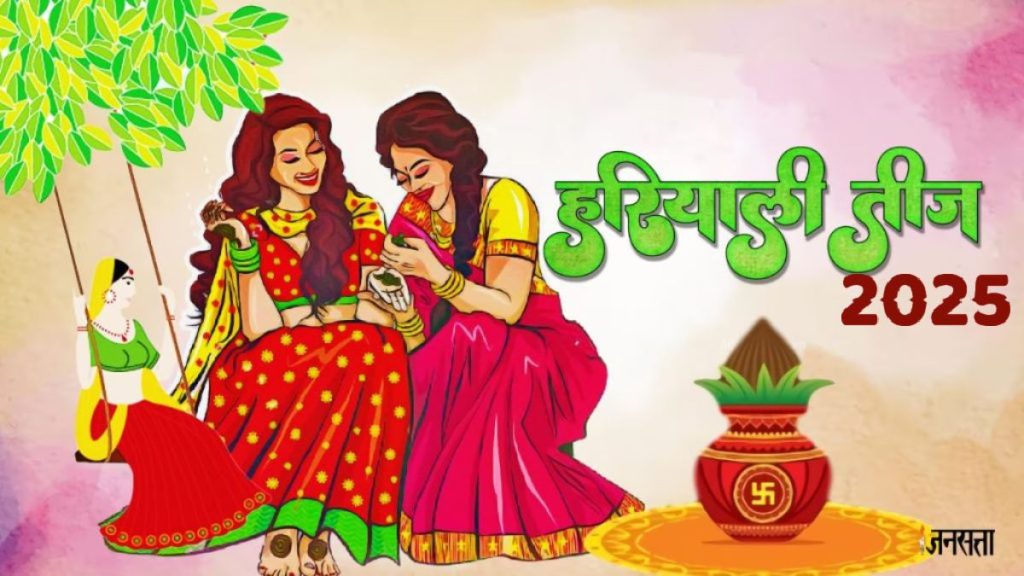
Hariyali Teej, also known as Shravan Teej, falls on the third day of the bright fortnight (Shukla Paksha) in the month of Shravan (July-August). It’s one of the three major Teej festivals—the others being Kajari Teej and Hartalika Teej—celebrated primarily in Rajasthan, Uttar Pradesh, Bihar, Madhya Pradesh, and parts of Nepal.
This festival is especially significant for married women, who observe fasts, deck up in festive attire, sing traditional songs, and pray for the longevity and well-being of their husbands. Unmarried women too join in, praying for a partner like Lord Shiva, whose reunion with Goddess Parvati the festival commemorates.
READ MORE : https://digitalmohit.co.in/category/festival/
A Tale as Old as Time: Shiva and Parvati’s Divine Love

The legend behind Hariyali Teej is a powerful love story woven with devotion, patience, and eternal union.
Goddess Parvati, born as Sati in a previous life, had self-immolated when her father insulted Shiva. Reborn, she took on rigorous penance—fasting, meditating, and praying for years in the harshest conditions—to win Lord Shiva’s heart again.
Moved by her unwavering devotion, Shiva finally accepted her as his wife. Hariyali Teej marks this sacred reunion—the ultimate divine love story, where love transcends lifetimes and hardships.
Rituals That Touch the Soul
Swings, Green Sarees, and Mehndi
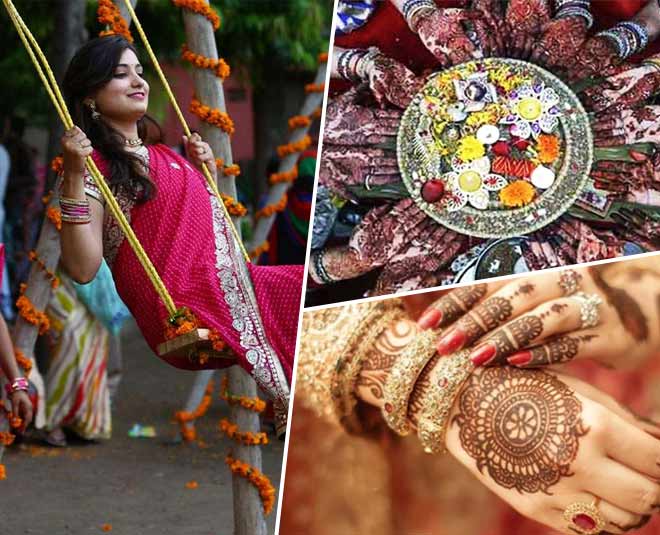
Come Hariyali Teej, towns and villages transform into seas of green. Women dress in green sarees and bangles, adorning themselves with henna (mehndi), jewelry, and fresh flowers. The green signifies fertility, prosperity, and the lushness of the monsoon.
Traditional swings are hung from banyan and mango trees, decorated with flowers and leaves. Women swing while singing folk songs that celebrate love, longing, and the beauty of the rains.
“Jhoolon ki jhankaar mein, mehndi ke rang mein, har aur bas hai prem ki khushboo.”
(“In the rhythm of the swings and the color of henna, there is only the fragrance of love everywhere.”)
Fasting and Puja
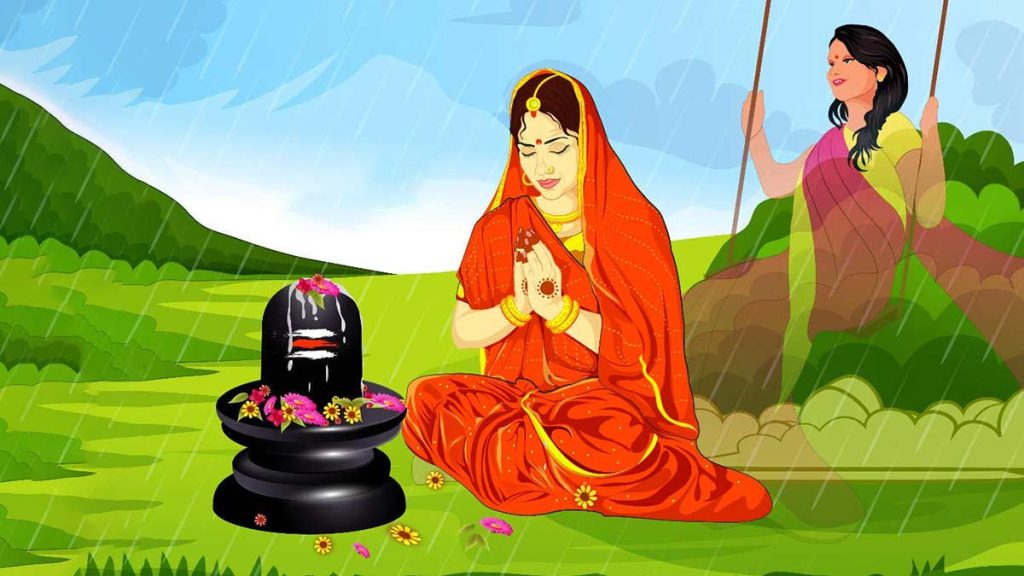
Married women observe a nirjala vrat—a fast without even water—for the well-being of their husbands. They perform pujas to Lord Shiva and Goddess Parvati with offerings of neem leaves, fruits, flowers, and sweets like ghewar and kheer.
The idol of Parvati is often dressed as a bride and placed on a palki (palanquin), taken in a small procession amid music and dancing in some regions.
Songs, Stories, and Sisterhood
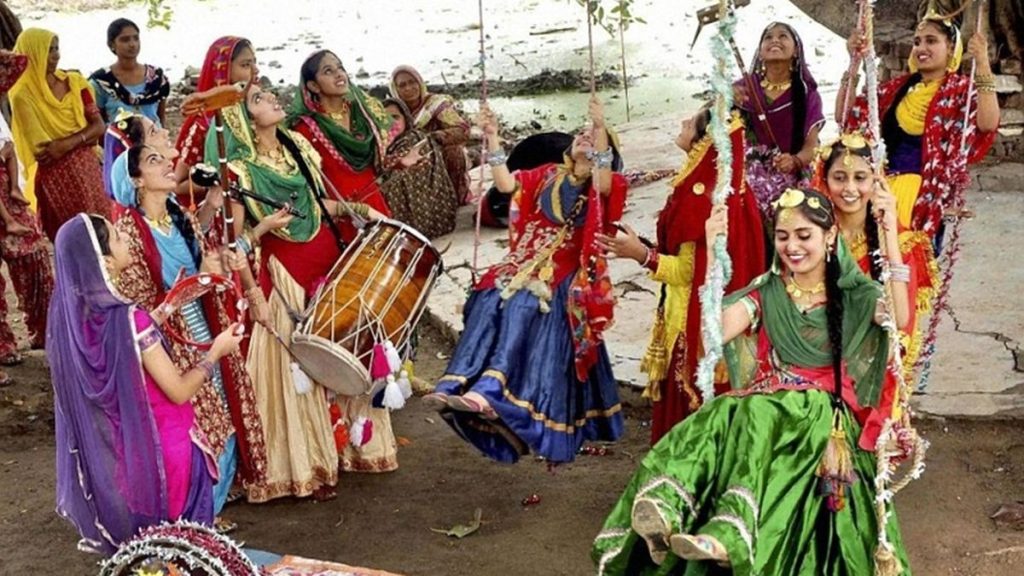
Perhaps one of the most beautiful aspects of Hariyali Teej is its communal spirit. Women come together—not just as wives or daughters, but as storytellers, dancers, singers. There’s laughter, shared nostalgia, and the joy of celebrating womanhood in a culturally rich sisterhood.
Modern Women, Ancient Wisdom
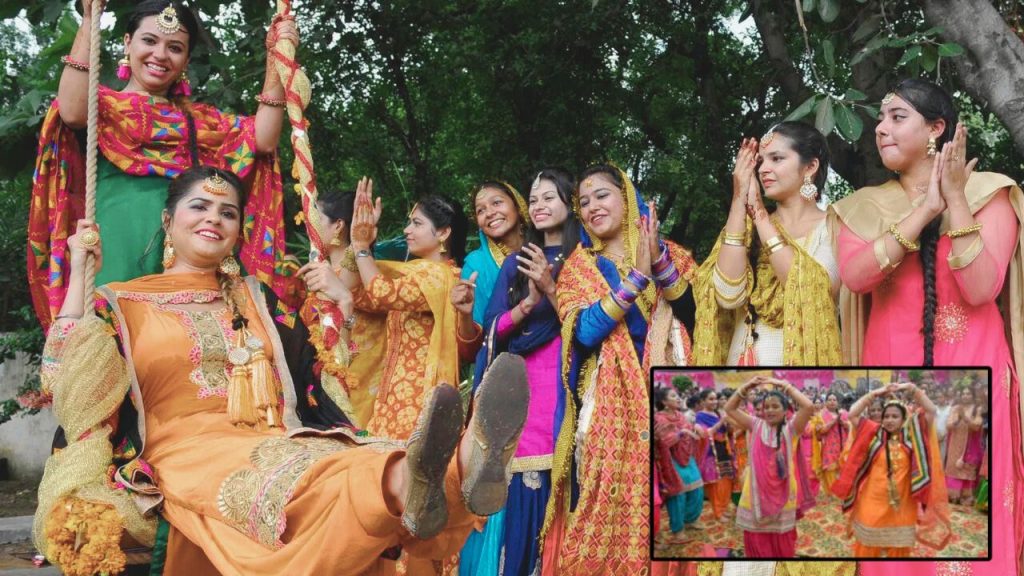
In today’s world, where life races ahead and rituals often feel outdated, Hariyali Teej still resonates—because at its heart, it’s about connection.
- Connection to love: Whether it’s the divine love of Shiva-Parvati or the bond between partners, Teej is a reminder that love is a choice and a commitment.
- Connection to nature: Celebrated during monsoon, it reminds us of the beauty of renewal and green abundance.
- Connection to self: As women dress up, sing, swing, and fast, it becomes a time of introspection, joy, and reclaiming their feminine identity.
Modern women might not follow all the rituals, and that’s okay. Some fast for love, some do it for their own peace, and some simply join in the joy of community. The festival evolves, but the essence of grace, strength, and devotion remains.
Regional Colors of Celebration
Rajasthan
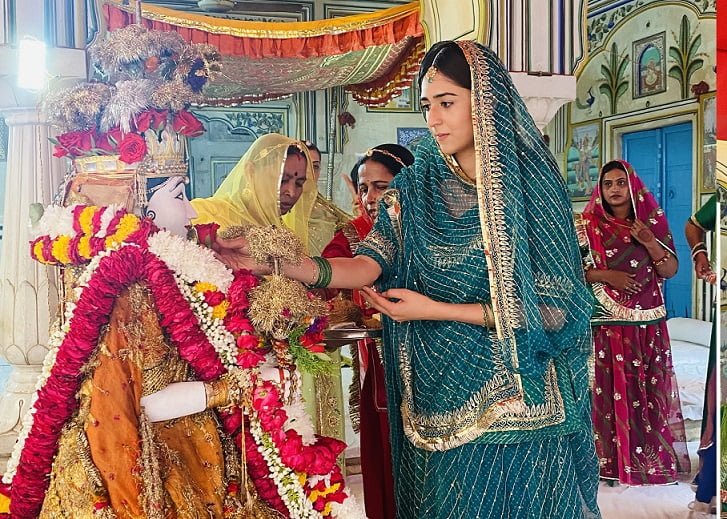
In Jaipur and other Rajasthani towns, processions of beautifully adorned idols of Teej Mata (Goddess Parvati) move through the streets with elephants, camels, and folk performers. The royal family of Jaipur often participates, keeping alive centuries-old traditions.
Nepal
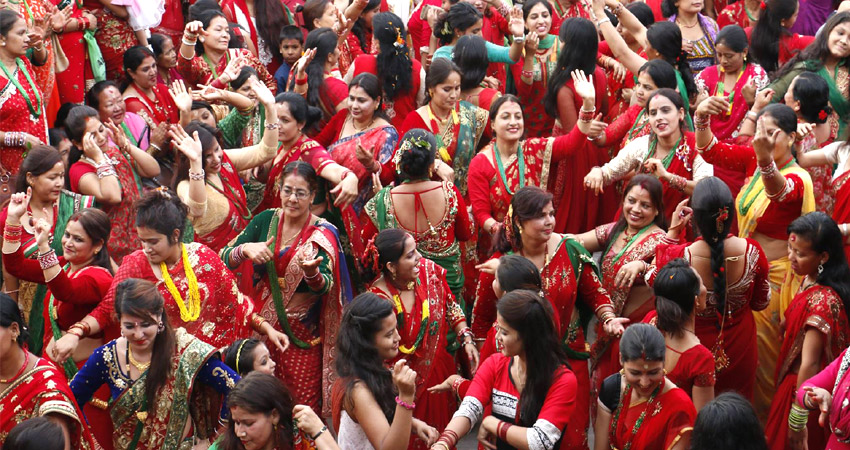
In Nepal, Hariyali Teej is a national celebration, where women gather in temples and public spaces to sing and dance. It’s seen as a festival of women’s empowerment and joy.
Punjab
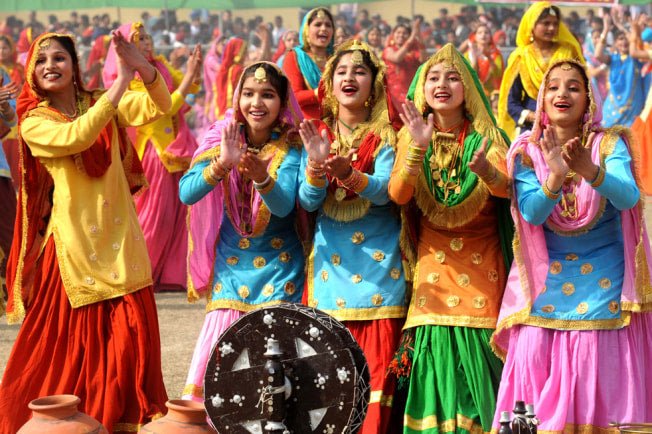
In Punjab, a similar celebration called Teeeyan is marked with equal grandeur—colorful gatherings, dancing the Giddha, and delicious feasts.
What We Can All Learn from Hariyali Teej
Even if you don’t celebrate Teej, there’s a universal message in it:
Be like Parvati—resilient, patient, full of love.
Find your swing of joy—amid life’s storms and sunshine.
Let your heart turn green with hope—just like the earth in monsoon.
In Closing: A Monsoon of Memories
As the rains wash the dust off the earth, Hariyali Teej reminds us to wash away emotional fatigue, reconnect with our roots, and dance—literally or metaphorically—with the rhythm of nature and love.
So this Teej, whether you’re wearing green, fasting, singing, or simply observing from afar—pause for a moment and listen. Perhaps you’ll hear the jingling of bangles, the creak of an old wooden swing, or the quiet prayers of a woman who believes in the sacred power of love.
Happy Hariyali Teej

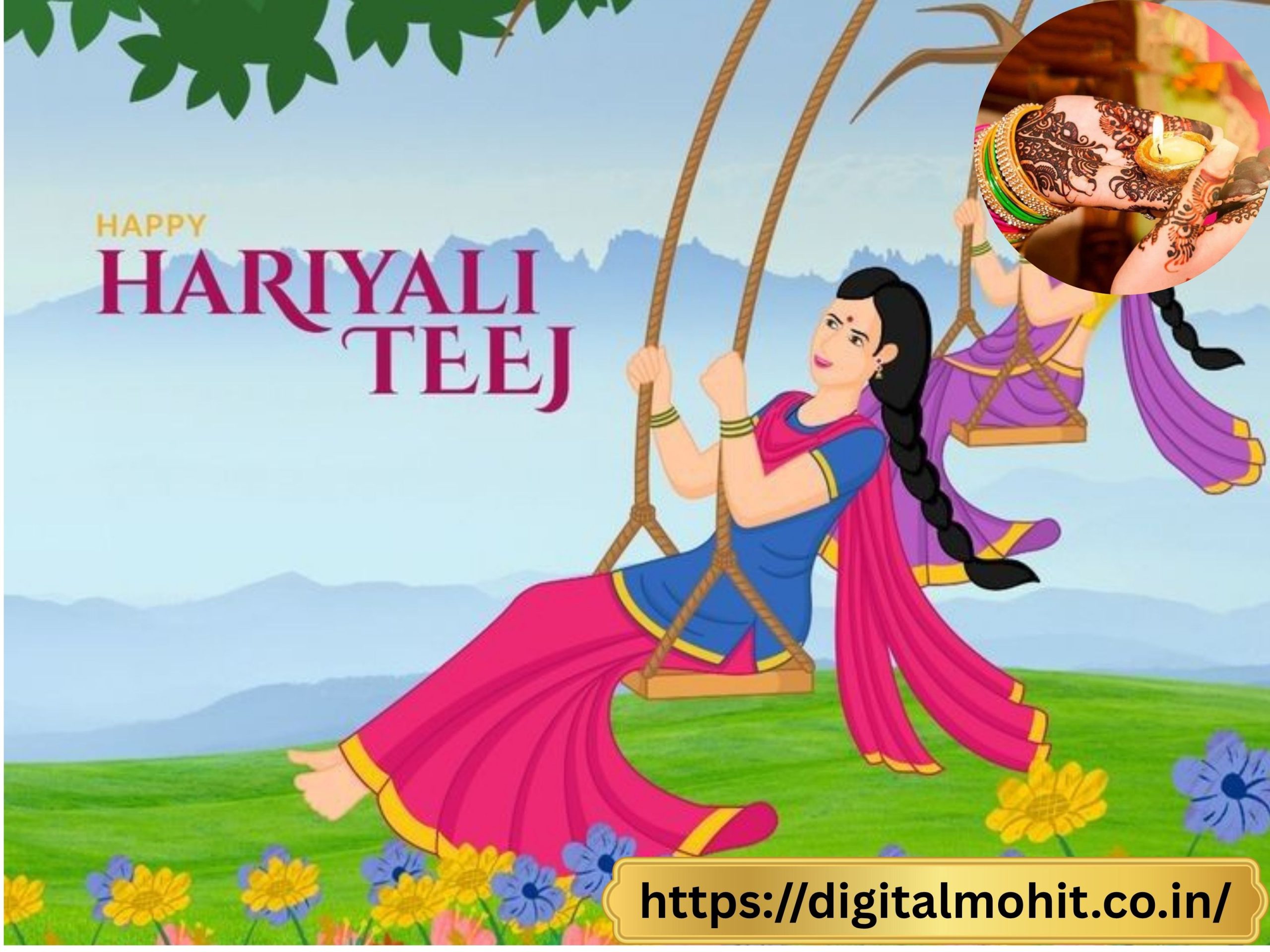



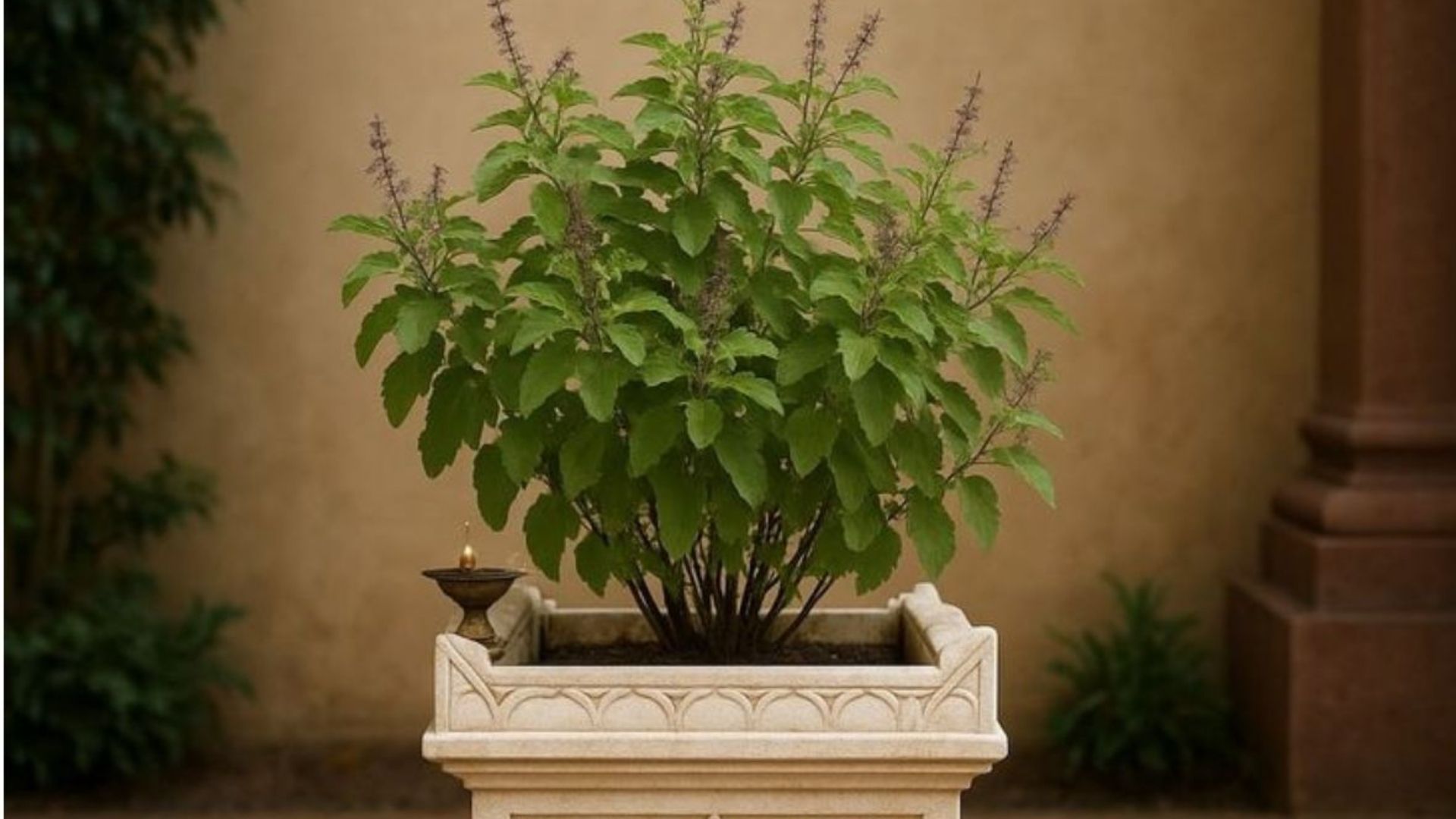
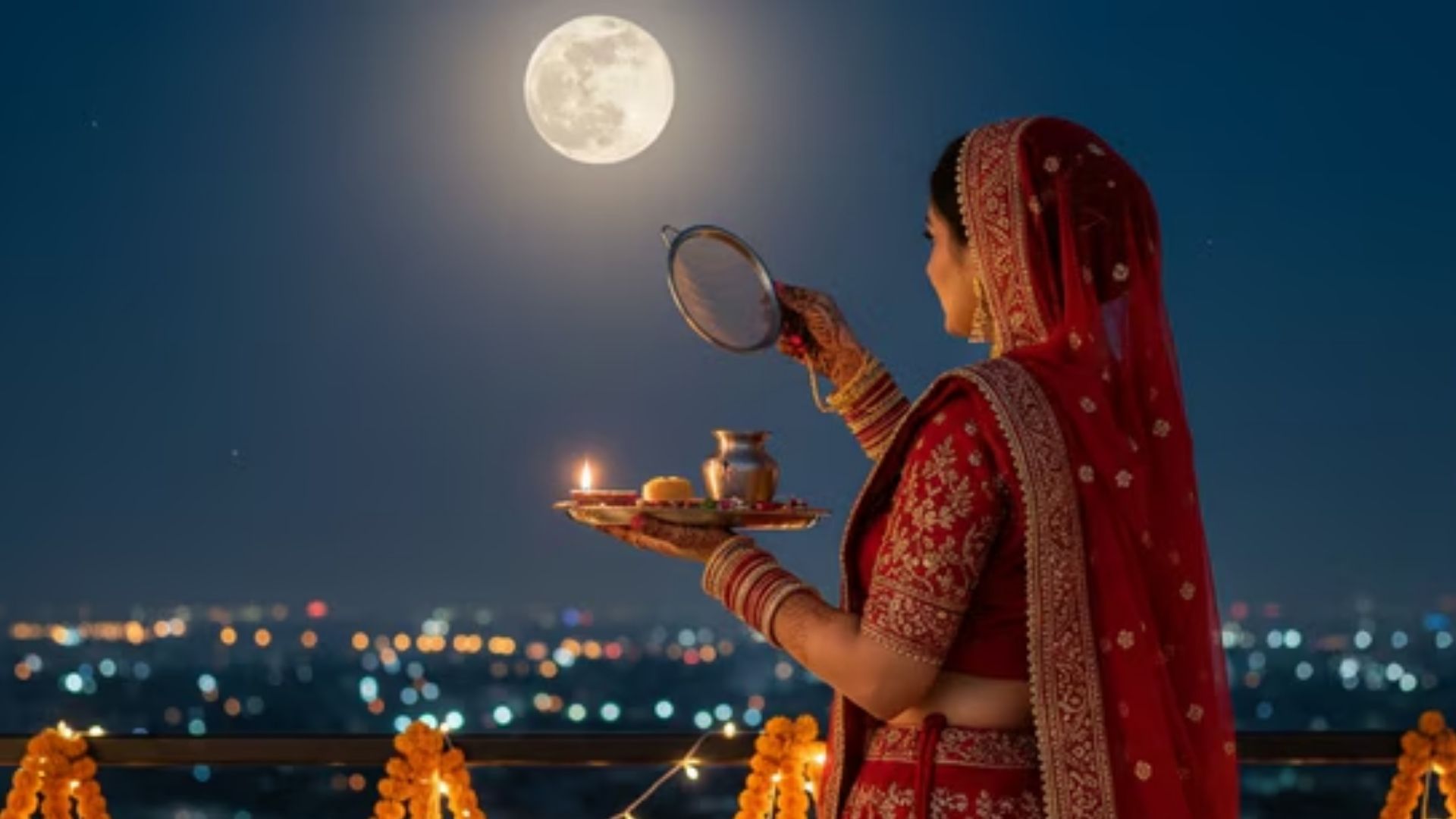
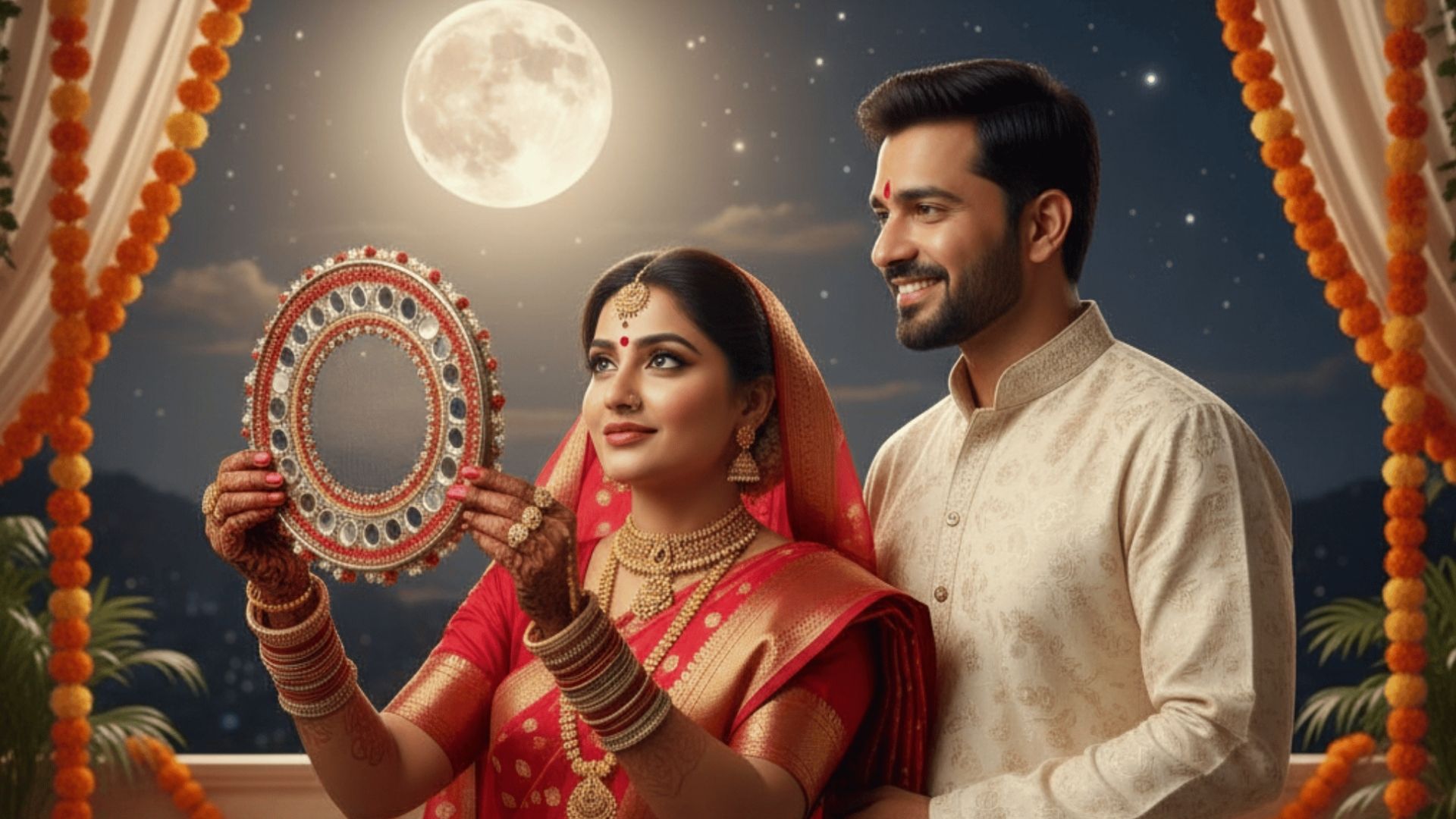
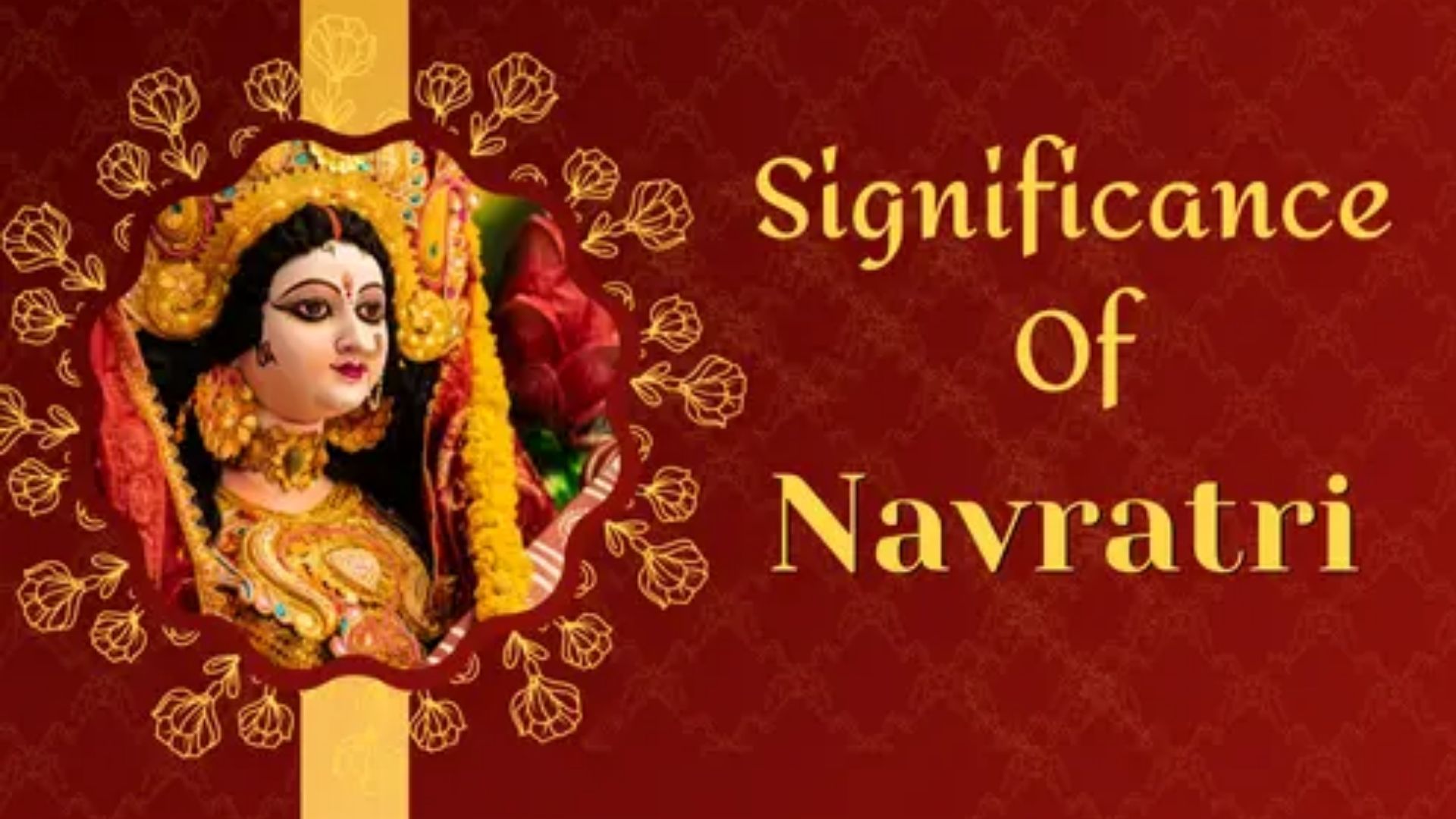
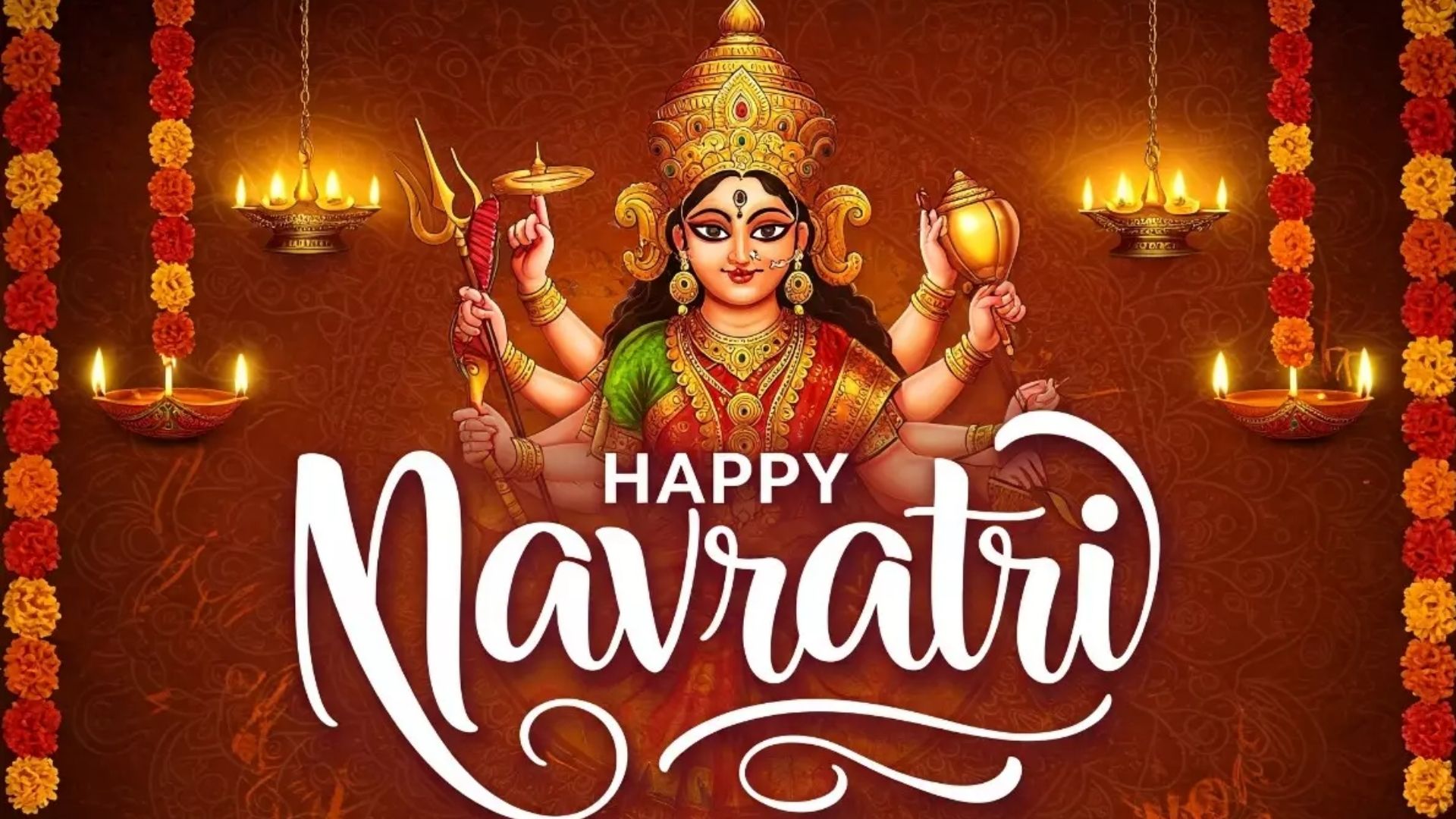
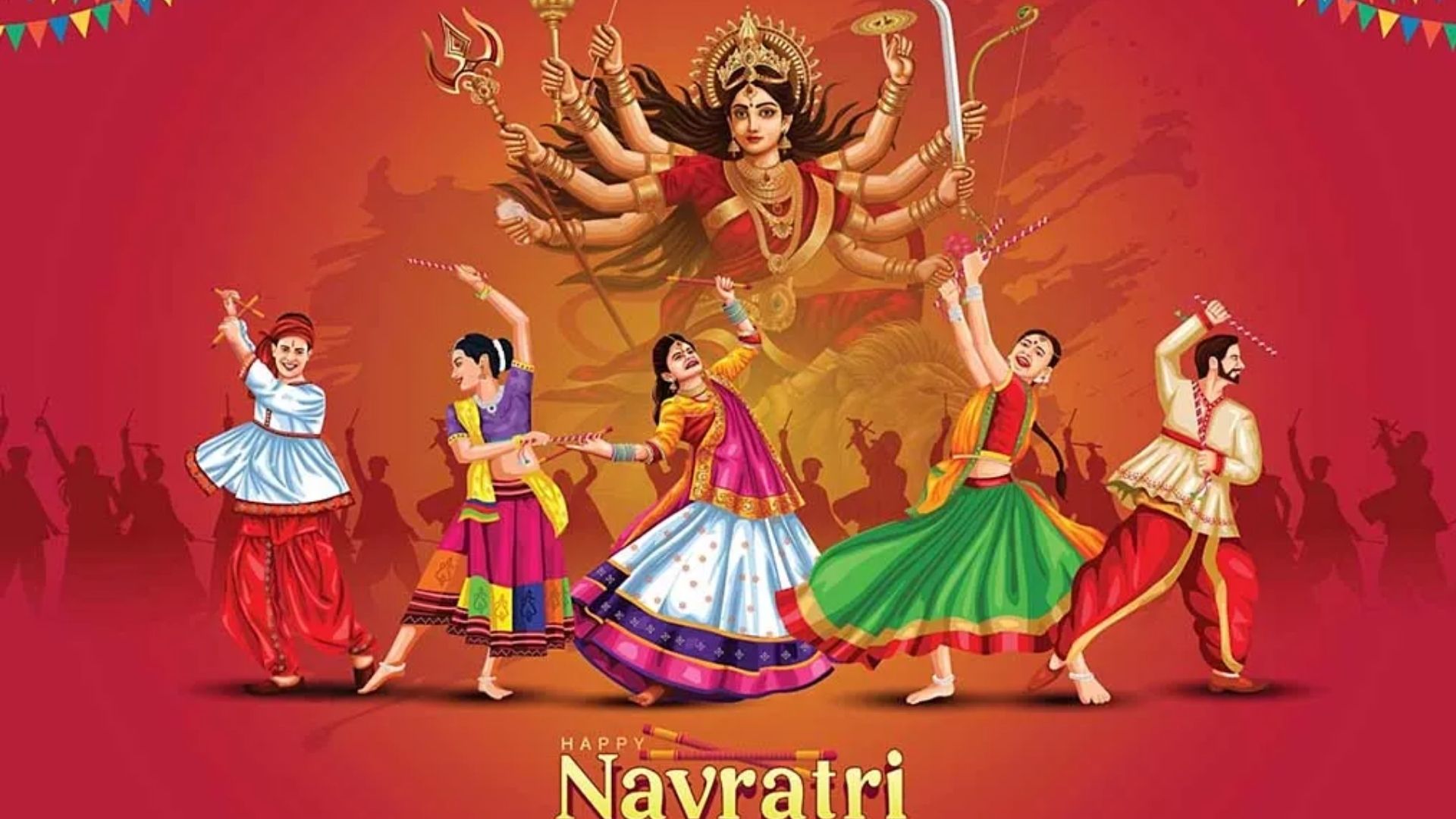
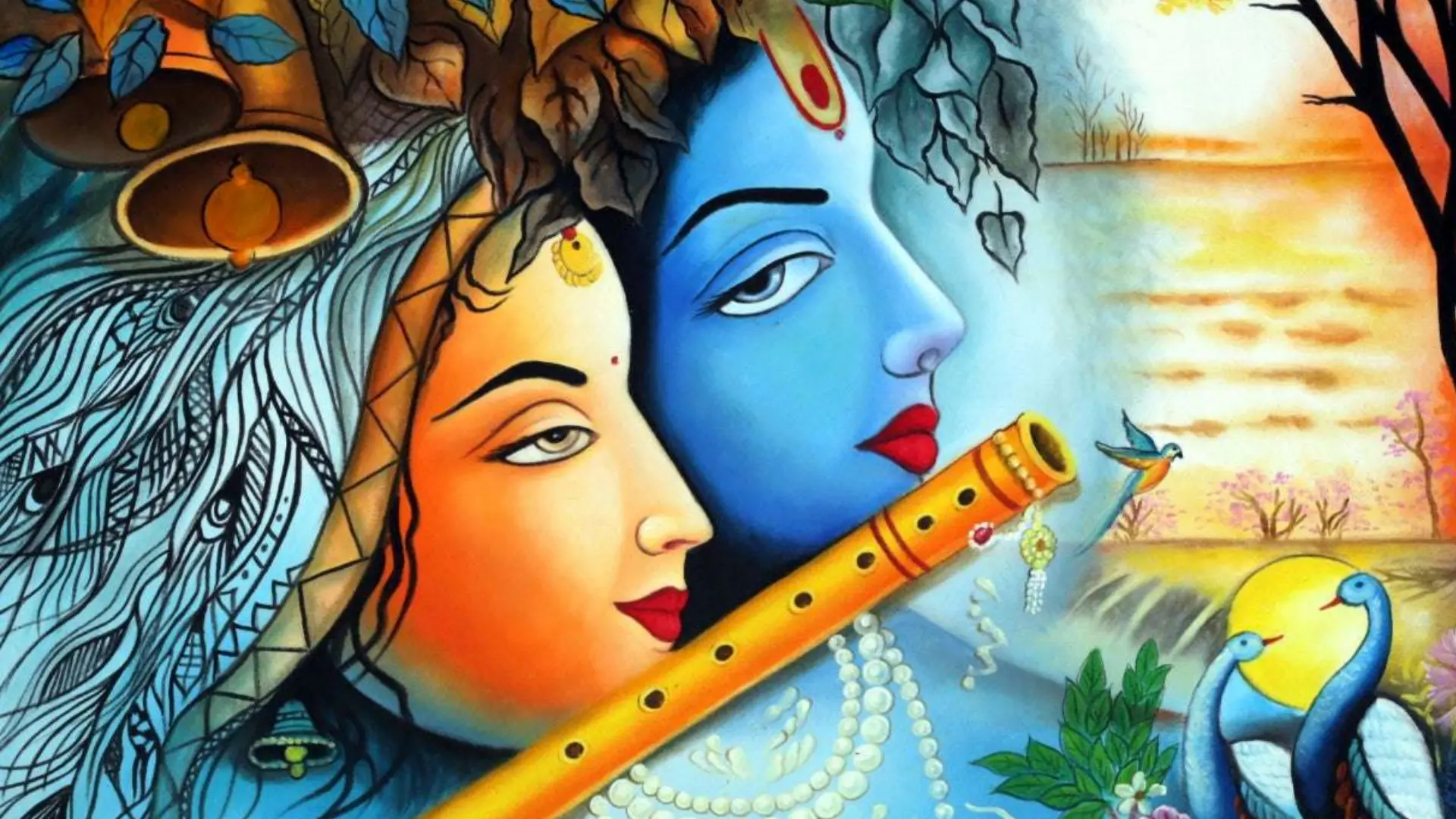




Leave a Reply